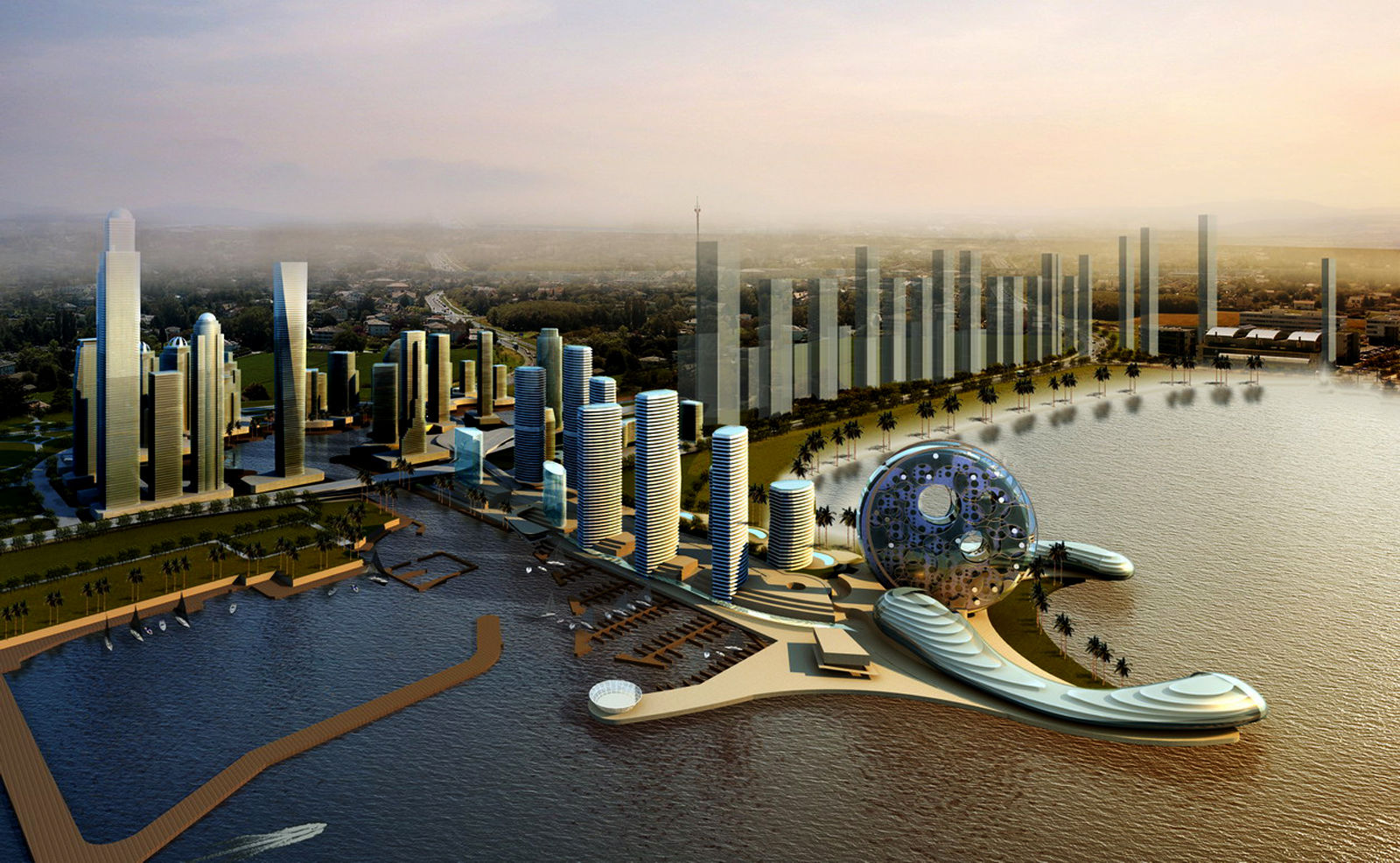
Futuristic Buildings
FB | Today's Technology is Solving Yesterday's Problems

Solar Thermal
Solar thermal is a method of generating hot water and heating from the power of the sun. Solar thermal collectors are usually installed on roofs or walls. Heat water for your home uses energy from the sun. Solar water heating systems use free heat from the sun to warm domestic hot water. A conventional boiler or immersion heater can be used to make the water hotter, or to provide hot water when solar energy is unavailable.
Similar in appearance to solar PV panels (Difference between Solar Thermal and Solar PV), solar thermal collectors are situated on roofs to provide a property with hot water by using daylight to heat water flowing through pipes on the collector. This is then passed through a coil in the household hot water cylinder or heat store, where it heats the domestic hot water supply. A typical domestic solar hot water system can provide almost all of an average family's hot water in the summer months and about 50-70% of its requirements in the winter months. See a pop-up animation of how solar water heating can work in your home
Disadvantages:
1) High Costs – Solar Thermal Energy costs at least Euro 3.5/watt and has not declined too much in the last 3-4 years. However these costs are too high as Solar PV already costs Euro 2.5/watt and even on a conservative basis will have its costs reduced by 5% in the next 10 years making it attain half the cost of Solar Thermal Technology by 2020.
2) Future Technology has a high probability of making CSP Obsolete – Solar Energy has become a Hotbed of Innovation with daily news of some new breakthrough in materials and process in PV Technology. Oerlikon has come out with a radial new a-Si Technology while CIGs player are touting increased efficiencies. Chinese Solar Companies have captured large chunks of the Solar Market through low cost leadership while number of Global Heavyweights like Posco, Samsung, Hyundai, Sharp, GE, TSMC promise to further decrease these costs.
3) Water Issue – Solar Thermal Plants use lots of Water which is Major Problem in Desert Areas. Using non-water cooling raises the cost of CSP projects too much. While using Sea Water has been proposed it remains to be seen if it possible to implement this solution as this would imply building Plants very near the Coastline.
4) Ecological and Cultural Issues – The Usage of Massive Arrays of Mirrors is noted to heavily impact the Desert Wildlife endangering the endangered species. California has already seen a massive fight on this issue with Project Developers curtailing the size of their Plants and spending money to move the wildlife.
5) Limited Locations and Size Limitations – Solar Thermal Energy can only be built in places which have the high amount of solar radiation. They can be built in deserts mostly and require a large land area. This means its not possible to build them in populated areas. Solar Thermal Energy also can only be built in large sizes which are at least 50 MW in size to be economical. This contrasts to Solar PV which is sold in sizes as low as 5 Watts.
6) Long Gestation Time Leading to Cost Overruns – The Gestation Time for permitting, financing, drilling etc. can easily take 5-7 years to develop a concentrated solar thermal power plant. Compare this to 6 months for a small wind farm or 3 months for a Solar PV plant.
7) Financing – is the biggest problem in developing projects particularly for small solar thermal developers in this industry.
Advantages:
1) No Fuel Cost - Solar Thermal Energy does not require any fuel like most sources of renewable energy. This is a huge advantage over other fossil fuels whose costs are increasing at a drastic rate every year. Electricity prices are increasingly rapidly in most parts of the world much faster than general inflation. Price shocks due to high fuel costs are a big risk with fossil fuel energy these days.
2) Predictable, 24/7 Power -Solar Thermal Energy can generate power 24 hours a day. This is made possible as solar thermal power plants store the energy in the form of molten salts etc. Other forms of Renewable Energy like Solar PV and Wind Energy are intermittent in nature. The electricity supply is much more uniform and reliable.
3) No Pollution and Global Warming Effects – Solar Thermal Energy does not cause pollution which is one of the biggest advantages. Note there are costs associated with the equipment used to build and transport Solar Thermal Energy Equipment.
4) Using Existing Industrial Base - Solar Thermal Energy uses equipment like solar thermal mirrors and turbines which is made in large scale at low cost by the existing Industrial Base and requires no major changes in equipment and materials unlike new technologies such as CIGs Panels.
 |
|---|